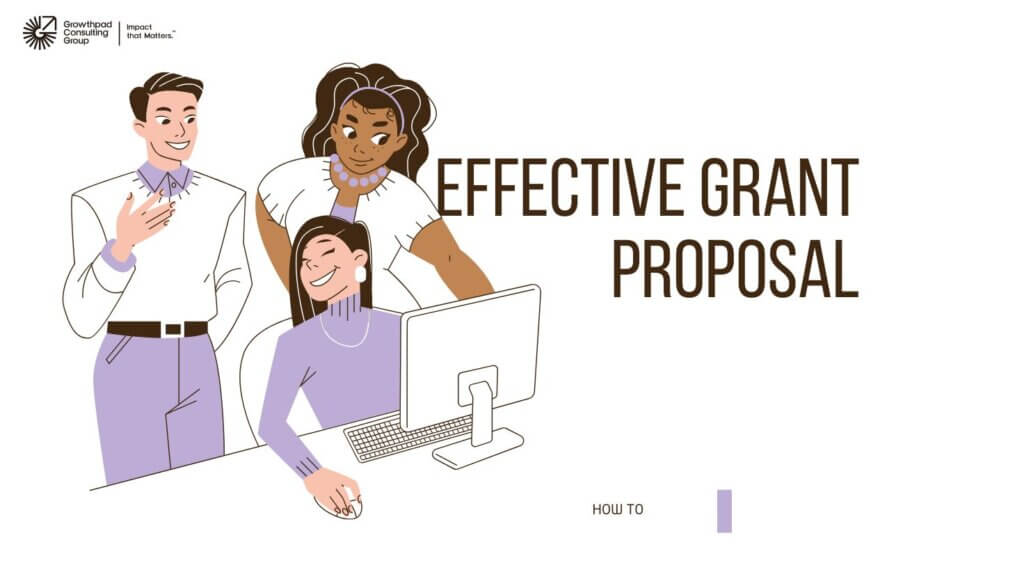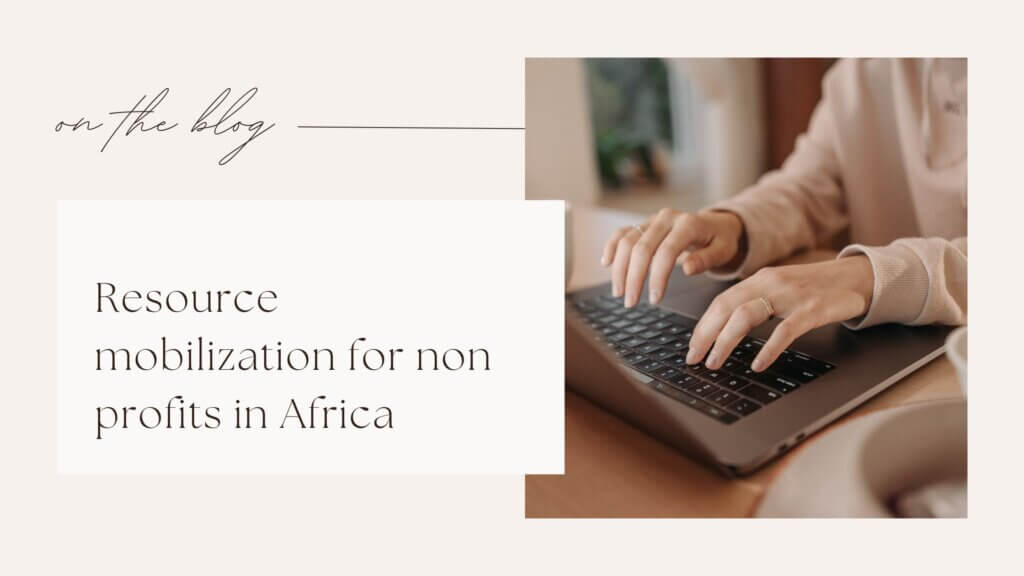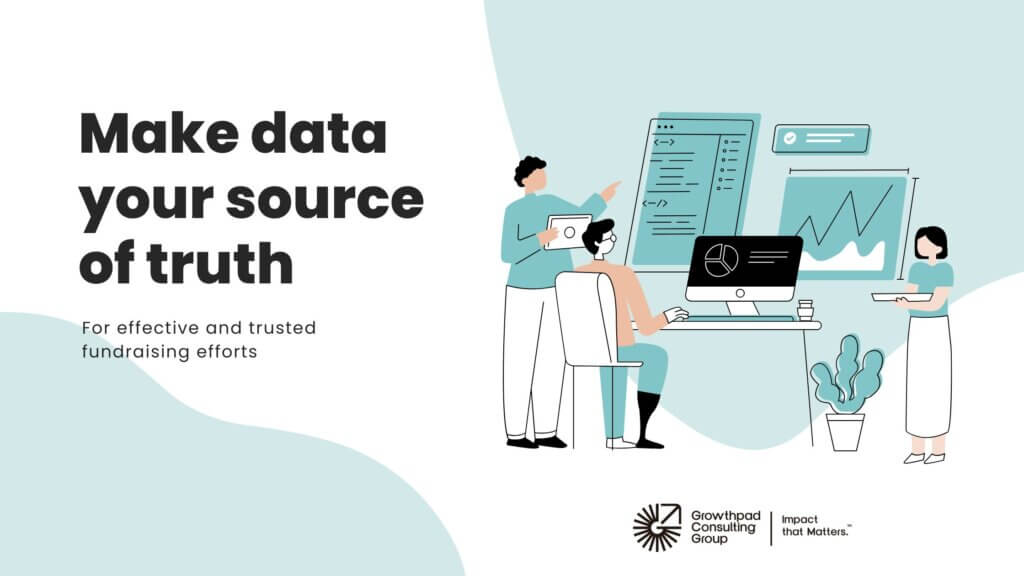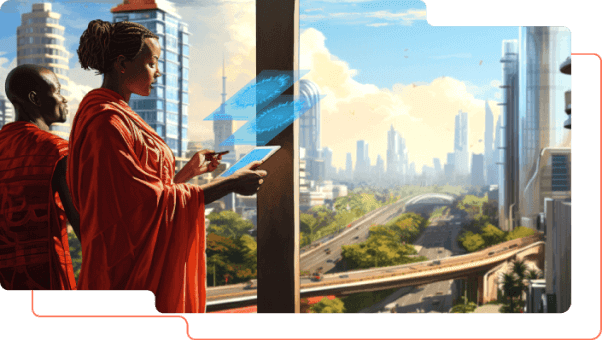Grants remain a key source of funding for African NGOs. They help scale programs and expand impact. But competition is growing. Donors now expect clarity, accountability, and measurable outcomes.
If you’re submitting proposals in 2025, it’s not enough to have a good idea. You need to show funders that your organization is credible, your project is feasible, and your outcomes are measurable.
Here’s a step-by-step guide on writing grant proposals that meet those expectations.
1. Understand the Donor’s Priorities
Before you start drafting, learn what the donor focus is. Read their funding guidelines, visit their website, and review their annual reports. Look at projects they’ve funded in the past.
If they focus on youth employment, and you’re running a job training program, explain how your work aligns with their priorities. Use their language. If they mention “inclusive economic growth,” use that term (if it makes sense for your project).
The clearer you are about this, the easier it is for the donor to see why your proposal fits.
2. Back Up Your Problem Statement With Data
Start your proposal with a clear problem statement. What issue are you addressing? Who is affected? Why is it urgent?
Use data. If you have a needs assessment or baseline study, reference it. If you’ve done surveys or gathered feedback from the community, include those insights. Donors want evidence that you understand the issue on the ground—not assumptions.
For example:
“In Kwale County, 35% of households rely on unsafe water sources. This has led to high rates of waterborne diseases. Children under five are the most affected. Diarrhea accounts for 20% of deaths in this age group (Source: 2023 Ministry of Health Report).”
Specific numbers give your proposal weight.
3. Present a Solid Theory of Change
A Theory of Change shows how your project will create impact. Start with the problem, explain your intervention, and describe the results you expect.
Example:
“If rural health clinics receive solar-powered refrigeration units, they can store vaccines safely. This will increase immunization rates and reduce preventable diseases in remote areas.”
Keep it simple. Donors aren’t looking for buzzwords. They want to know that your approach makes sense.
Funders don’t just fund projects—they fund impact. A strong proposal clearly demonstrates measurable outcomes, accountability, and alignment with donor priorities.
4. Set SMART Objectives
Your objectives should be Specific, Measurable, Achievable, Relevant, and Time-bound.
Not this:
“Improve economic opportunities for young people.”
This:
“Install 100 hand-pump wells in rural communities in Northern Ghana by June 2025.”
This level of clarity shows that you’ve thought through what you want to achieve—and how you’ll measure success.
5. Use a Logical Framework (Logframe)
Most donors want to see a Logical Framework. It organizes your project into clear sections: objectives, activities, outputs, outcomes, indicators, and means of verification.
isn’t just a table to fill out. It shows that your project is well planned and that you’ve thought through how activities lead to outcomes.
Here’s an example:
- Objective: Improve primary school attendance in rural Malawi.
- Output: Distribute school uniforms and provide daily meals to 1,000 students.
- Outcome: Increase school attendance by 50% over two academic terms.
- Means of Verification: School attendance records and community surveys.
Your Logframe should be simple and logical. Donors want to see how each part of your project connects and how you’ll measure success.
6. Show How You Will Track Progress (M&E Plan)
Donors expect a Monitoring and Evaluation (M&E) Plan. It should explain how you’ll collect data, what indicators you’ll track, and how often you’ll report results.
Start with baseline data and set clear targets. For example, you could track the percentage of trainees employed at three and six months after graduation.
Good monitoring builds trust. It shows you’re serious about learning and improving—not just ticking boxes.
| Month | Activity | KPI | Responsible Team |
| Month 1 | Baseline survey | % households interviewed | M&E team |
| Month 3 | First progress report | % beneficiaries enrolled | Project Manager |
| Month 6 | Midline evaluation | % program goals met | External Evaluator |
| Month 12 | Endline report | Impact on livelihoods | M&E team |
 7. Prepare a Clear and Honest Budget
7. Prepare a Clear and Honest Budget
Your budget should match your activities. If you’re running training programs, the costs should include trainers’ fees, training materials, venue hire, and meals. Don’t inflate numbers. Don’t guess.
Include a budget narrative that explains each line item. For example:
“Trainer fees: $200 per day for 20 days, totaling $4,000.”
Donors also like to see cost-effectiveness. If you can show that your program delivers good value (e.g., cost per beneficiary), include that.
If you have co-funding or in-kind contributions, mention them. It shows you’re not relying entirely on one donor.
8. Plan for Sustainability
Donors will ask how your project continues after their funding ends. Your Sustainability Plan should answer this.
Can local partners take over? Are you building capacity so communities can manage programs themselves? Is there a path to generating income that supports future costs?
Be practical. If you’re not sure, say how you plan to explore options during the project.
9. Be Honest About Risks
No project is risk-free. Donors want to know that you’ve thought about what could go wrong—and how you’ll respond.
Include a simple Risk Management Plan. Identify potential risks (e.g., low participant turnout, political instability) and explain how you’ll manage them.
For example:
“If recruitment is slow, we will work with local leaders to increase community awareness and trust.”
10. Show Your Track Record
Donors invest in organizations they can trust. Use your Organizational Background section to show your experience.
Mention similar projects you’ve completed. Include any independent evaluations or impact reports you’ve done. If you have strong governance (e.g., board oversight, financial audits), include that too.
If you’re new to grant funding, highlight your partnerships or the experience of your team members.
Final Thoughts
Good grant proposals are clear, direct, and honest. They show that you understand the problem, have a practical solution, and can deliver results.
If you’re an African NGO applying for grants in 2025:
- Do your homework on donors
- Use real data
- Keep it simple
- Focus on outcomes
- Prove your credibility
- Communicate clearly
A strong proposal isn’t just about plans and budgets. Funders are people, and they make decisions based on more than just numbers. The most effective proposals appeal to credibility (Ethos), logic (Logos), and emotion (Pathos).
| Ethos (Credibility) | Logos (Logic) | Pathos (Emotion) |
| Highlight expertise | Use statistics and data | Share real-life stories |
| Show past successes | Provide research-based evidence | Include testimonials |
| Reference partnerships | Present a structured plan | Use compelling visuals |
| Mention awards/certifications | Break down financials | Describe personal impact |
The organizations that win funding this year will be the ones that show they can make a measurable difference—and prove they can manage the funding responsibly.
Partner with us:
Growthpad Consulting Group provides the technology, advisory, and communication expertise to ensure your work in Africa delivers impact. We support our clients in designing and developing communication approaches, impact dashboards, and impact stories that deliver high performance for your grant applications. Contact us at [email protected] or call +254701850850





